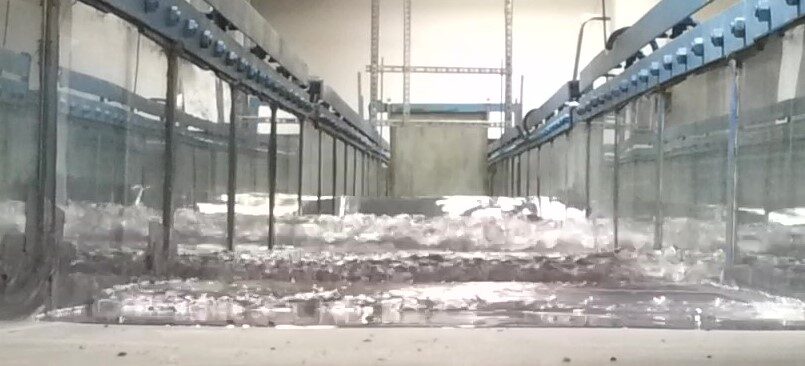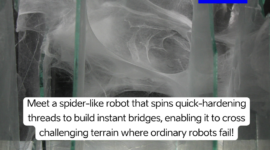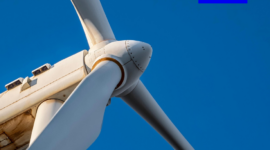Port engineering is part of the construction sector closely linked to the use of the marine environment, where regional environmental impacts must be taken into account in addition to climate change. A well-functioning small port is a centre of attraction, which enables not only fishing but also makes it possible to develop marine aquaculture. From the point of view of the development of the Estonian economy and exports, the transport of goods through the small ports in the Baltic Sea is one of the key issues.
Nelly Oldekop‘s doctoral thesis “Investigation of the eddy viscosity for a breaking wave in the surf zone” defended at TalTech Department of Civil Engineering and Architecture focused on the investigation of breaking wave dynamics in the coastal area. This is one of the main challenges to be dealt with in coastal surface water modelling, since turbulence generated by breaking waves damages our port structures the most in our area.
The author of the doctoral thesis, visiting lecturer of Coastal Engineering at the Estonian Maritime Academy of Tallinn University of Technology Nelly Oldekop says, “In my doctoral thesis, I focused on modelling of breaking waves upon designing ports. So far, formula-based models have been applied in designing. We, however, studied more modern – equations-based theoretical models (the Boussinesq-type model).”
The analysis in the doctoral thesis is based on the measurement data obtained in TalTech’s physical model of the wave flume. It was found that turbulent eddy viscosity varies in time and space as the wave propagates and breaks in the laboratory’s wave flume with a sloping bottom and the variations are much more complex than predictions of the theoretical models of coastal processes.
“It is important to point out the practical solution provided by the doctoral thesis for modelling the dynamics related to turbulence in breaking waves (one of the destructive forces causing most damage to port structures). By using modern, improved theoretical models in the design of port structures, the occurrence of turbulence as a result of interaction of the bottom and surface boundary layers can be better taken into account,” Oldekop says.
In the long run, the goal is to improve mathematical modelling of sediment transport and diffusion of suspended matter in order to better determine the area of influence of dredging and dumping operations. “In port engineering, it is essential to take into account underwater sediment transport, i.e. movement of grains of sand, shingles, etc. caused by surface waves ” Nelly Oldekop says.
The supervisors of the doctoral thesis were Associate Professor Janek Laanearu (TalTech) and PhD Toomas Liiv (Corson LLC).
The opponents were Professor Ping Dong (University of Liverpool) and Professor Boriss Gjunsburgs (Riga Technical University).
The doctoral thesis has been published in the digital collection of TalTech library.
Additional information: visiting lecturer at the TalTech Centre of Maritime Studies of Estonian Maritime Academy Nelly Oldekop, nelly.oldekop@taltech.ee
Kersti Vähi, TalTech Research Communications Officer
 Back
Back



